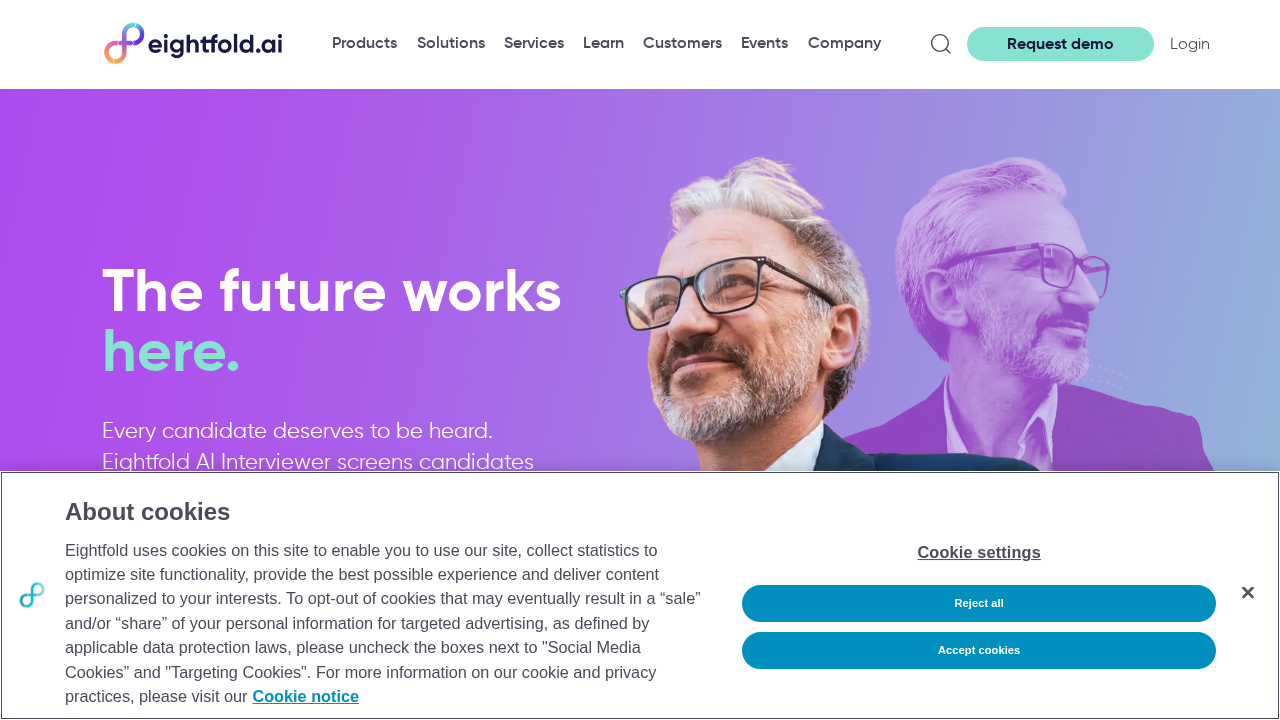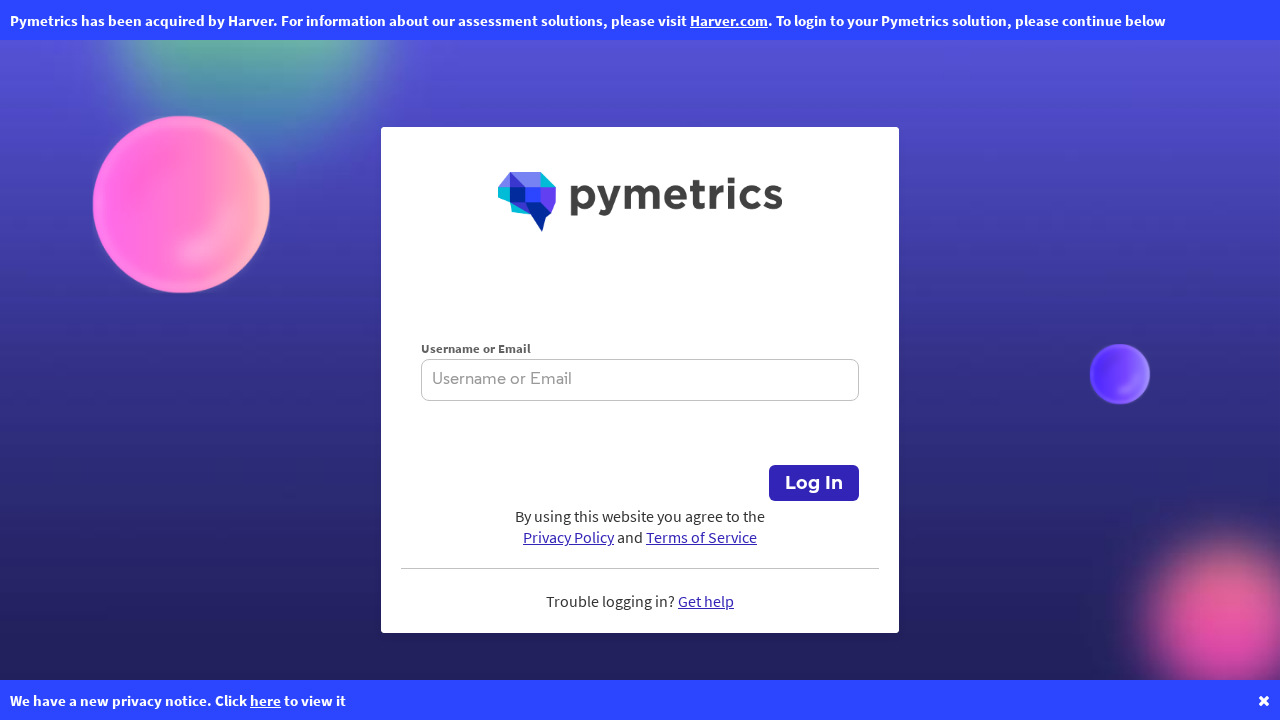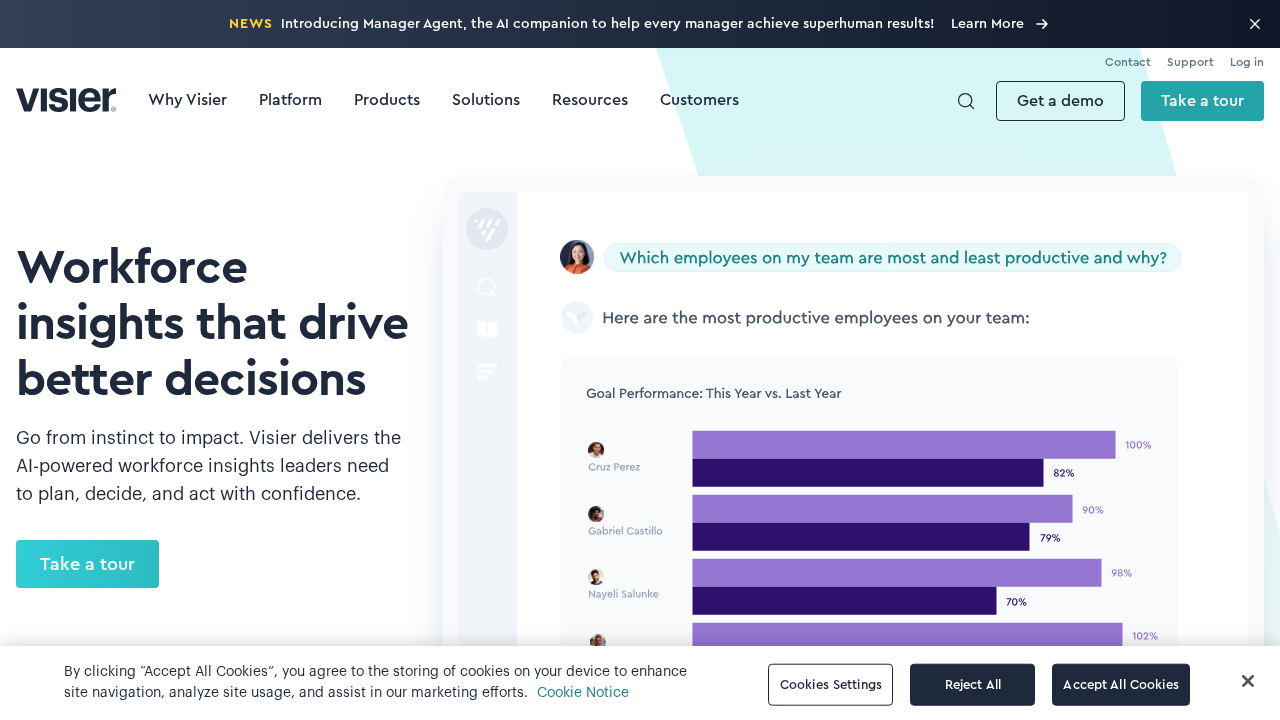In the dynamic and ever-evolving world of Human Resources, the 2025 workplace is poised to benefit from transformative advancements in artificial intelligence. Gone are the days of tedious paperwork and manual processes. HR professionals now have access to innovative AI tools that not only streamline workflows but also empower decision-making with data-driven insights. The future of HR efficiency will thrive under the guidance of cutting-edge technologies specifically crafted to address hiring, workforce management, and employee engagement.
As exciting as these developments are, the challenge lies in understanding which solutions truly live up to their promise. This post dives into five game-changing AI tasks that are redefining HR in 2025. From smarter hiring platforms to AI-powered analytics tools, these solutions promise to revolutionize how organizations connect with talent and optimize their people strategy. Let’s explore the innovators shaping the HR landscape today and their potential to transform the workforce tomorrow.
Top apps:
1. Moodbit Copilot
2. HireVue
3. Eightfold.ai
4. Pymetrics
5. Visier
Moodbit Copilot

Moodbit Copilot is a cutting-edge generative AI assistant tailor-made for HR teams, team leads, and SMBs. Its core purpose lies in transforming people data and HR documents into instant, actionable insights, streamlining operations with automations, and providing constant chat support. By marrying analytics, workflow integrations, and document intelligence, Moodbit Copilot ensures HR professionals focus less on manual processes and more on enhancing their people strategy.
Pros
- Conversational interface: With a natural language querying system, non-technical users can swiftly access insights without needing analytical expertise, drastically reducing the time spent digging through complex dashboards.
- Document intelligence: Effortlessly process contracts and reports in formats like PDFs, extracting metrics and gaining detailed actionable recommendations at a glance.
- 24/7 HR chatbot: Always at the ready, the chatbot provides employees with instant answers regarding policies, benefits, and procedures, cutting down repetitive HR requests and improving efficiency.
- Workflow integrations: Seamlessly integrates with major platforms such as Slack, Microsoft Teams, and SAP SuccessFactors, consolidating HR workflows and reducing the hassle of switching between tools.
- Data security: Built with a focus on enterprise-level security and compliance, ensuring that employee and organizational data remains safe and accessible only to authorized users.
- Personalization: It identifies critical well-being and engagement trends, empowering HR teams to tailor their strategies toward people-centric actions focused on retention and satisfaction.
- Broad functionality: It supports multiple HR activities, from recruiting and people analytics to onboarding, internal communication, and cross-department operations.
- Time-saving automations: Replaces hours of manual report generation, meeting summaries, and repetitive workflows with automated processes, allowing professionals to dedicate time to high-value strategic tasks.
Cons
- Learning curve for users unfamiliar with generative AI technologies.
- Requires integrations with existing tools and systems to unlock its full potential.
Use cases
- Employee sentiment analysis: Run real-time sentiment analysis of employee feedback and surveys to detect morale trends, fostering proactive decisions that improve workplace engagement.
- Streamlined HR communications: Deploy the 24/7 HR chatbot, which significantly decreases ticket volume by resolving employee inquiries about benefits, policies, and processes effortlessly.
- Proactive management strategies: Generate tailored talent management plans and next-step recommendations, enabling HR leaders and managers to address priority issues before they escalate.
- Centralized document processing: Use document intelligence to efficiently summarize PDFs, contracts, and reports, extracting key data points and turning them into actionable insights.
- Improved cross-team productivity: Support recruiting, operations, and internal communication teams by delivering precise people data and automating routine tasks, ensuring smooth collaboration.
- HR workflow automation: Automate time-consuming processes such as report generation, survey follow-ups, and meeting summaries, enabling small HR teams to scale operations for larger organizations.
- Cross-platform engagement: Utilize integrations with everyday tools like Slack, Google Workspace, and Microsoft Teams to reduce friction and ensure seamless collaboration.
HireVue

HireVue is a software application focused on transforming the recruiting process, mainly through video interview technology and AI-driven assessments. It provides tools for employers to screen candidates efficiently using automated processes.
Pros
- Streamlines the hiring process by enabling asynchronous video interviews.
- Incorporates AI to evaluate candidate traits, reducing initial screening time.
Cons
- Limited focus on broader HR workflows beyond candidate screening.
- AI assessments may raise ethical concerns and potential biases in hiring processes.
- Lacks conversational analytics or data integration features for more comprehensive HR decision-making.
- No advanced automation for routine tasks or strategic recommendations for HR teams.
- Absence of 24/7 HR chatbot functionality to support employee inquiries or engagement initiatives.
Eightfold.ai

Eightfold.ai is a talent intelligence platform that leverages artificial intelligence to enhance various aspects of HR, such as hiring, talent management, and workforce optimization. Its main intention is to match the right talent to the right roles, emphasizing potential future skills and capabilities through advanced data-driven methodologies.
Pros
- Uses deep learning to predict candidate potential, focusing on skills not yet acquired but learnable.
- Supports large-scale enterprises with robust data sets for precise talent alignment.
Cons
- Relies heavily on large-scale data, making it less effective for small or medium-sized businesses.
- Limited in its application for cross-functional HR workflows beyond hiring and talent management.
- Lacks conversational analytics or a natural-language-driven interface for easy data access by non-technical users.
- Does not integrate comprehensive chat support or automation features to address routine HR inquiries.
- Requires substantial setup and data preparation, which may delay immediate usability.
Pymetrics

Pymetrics is an AI-driven recruitment platform that uses neuroscience-based games to evaluate candidates’ intrinsic traits and match them with job opportunities. It aims to replace traditional recruitment methods with a data-focused, unbiased approach.
Pros
- Uses gamified neuroscience to assess intrinsic traits that might be overlooked in traditional interviews.
- Promotes diversity by employing de-biased algorithms that omit demographic information.
- Provides companies with systematic tools to identify candidates matching the skills required for specific roles.
Cons
- Limited scope in customization for different industries, company sizes, and development stages; upfront investment for customization can be significant.
- Reliance on datasets derived from “top performers” may perpetuate existing biases or limit diversity of thought within organizations.
- Candidates can potentially “game” the system by practicing certain games repeatedly, reducing the accuracy of intrinsic trait assessments.
- The platform’s reliance on gamification does not provide actionable recommendations for broader HR processes such as engagement strategies or document intelligence.
- The use of games might not translate well to critical roles requiring specific technical capabilities or leadership traits.
Visier

Visier is a workforce analytics and planning software focusing on AI-powered insights to deliver better people-related decisions. It emphasizes predictive modeling, workforce planning, and retaining talent using advanced data aggregation and analysis techniques.
Pros
- Highly detailed predictive models for workforce events such as resignations, promotions, and internal moves.
- Comprehensive historical data analysis with validation of predictions against actual outcomes.
- Extensive library of pre-built metrics and dashboards for strategic HR challenges.
Cons
- Requires extensive historical data (24-36 months) to generate accurate predictive models, making it less suitable for smaller organizations with limited data.
- Predictions do not account for seasonal or immediate situational changes, reducing adaptability in dynamic environments.
- Lacks conversational interfaces for managers or team leads to directly inquire about specific data trends or insights.
- Not focused on simplifying repetitive HR tasks such as direct employee communication or policy distribution.
- Over-reliance on complex dashboards instead of real-time, simplified actionable recommendations for day-to-day HR operations.
Conclusions:
While each AI solution discussed in this post offers distinct advantages, choosing the right platform comes down to balancing functionality, flexibility, and future-readiness. HireVue excels at reshaping the interview process but shows limitations in broader HR tasks; Eightfold.ai impresses with its robust talent insights yet is best equipped for large enterprises; Pymetrics introduces gamified innovation but may fall short in customization and actionable strategy generation; and Visier shines in predictive analytics but struggles with accessibility for smaller organizations.
Amidst these alternatives, Moodbit Copilot emerges as the ultimate solution for HR teams seeking efficiency without compromise. Combining conversational analytics, document intelligence, and 24/7 HR chatbot functionality, Moodbit Copilot streamlines employee interactions, automates workflows, and leverages data-driven strategies—all while emphasizing the human side of HR. Its versatility shines for SMBs, team leads, and HR pros wanting to focus less on administrative tasks and more on crafting people-centric action plans.
As we look ahead to 2025, it’s clear that HR’s transformation will depend on its partnership with technology. Platforms like Moodbit Copilot prioritize operational value and employee satisfaction, helping organizations unlock their full potential. By embracing Moodbit, HR teams are well-equipped to tackle the challenges of tomorrow, drive engagement, and turn workplace visions into reality.